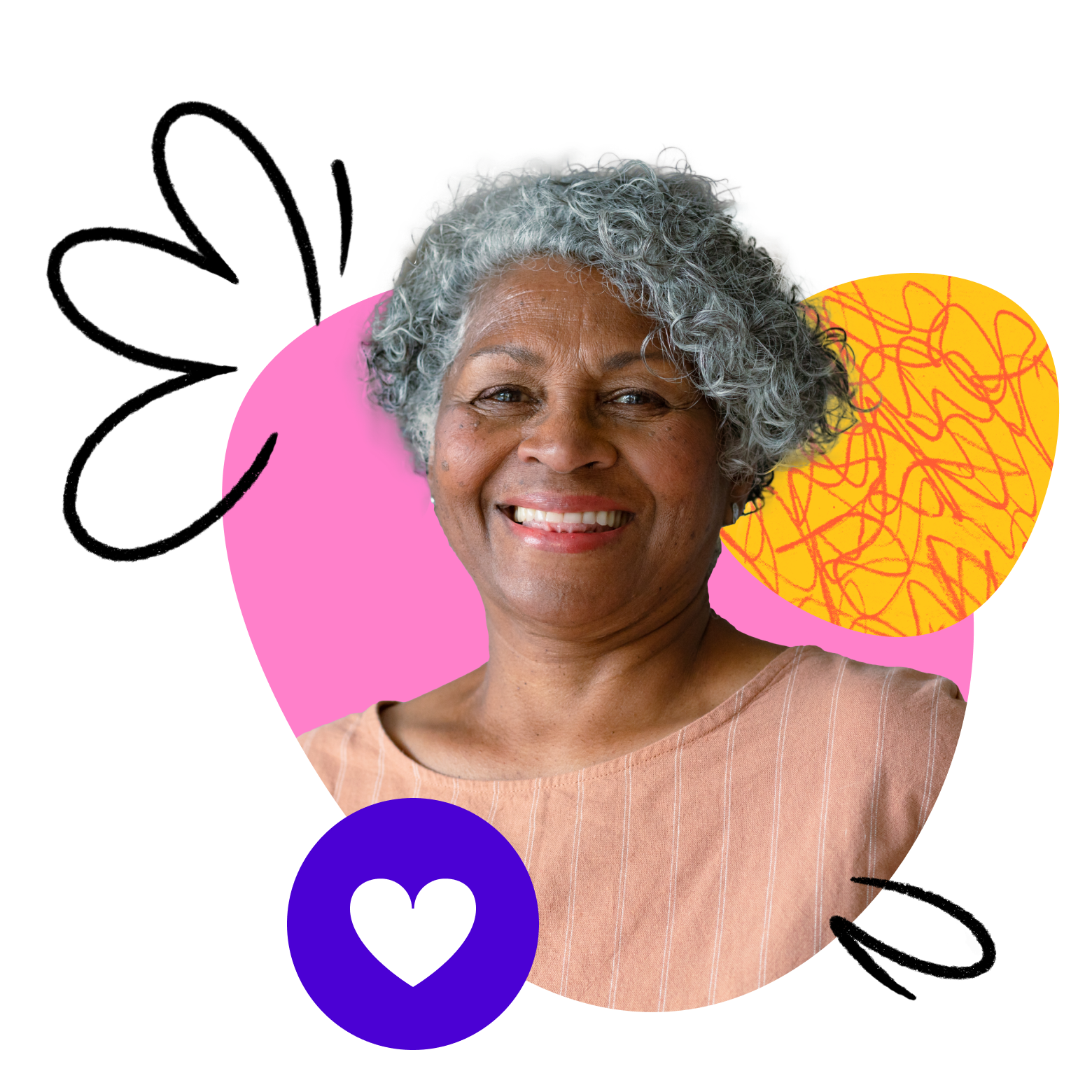Outschool policies require classes to be objective and include multiple perspectives that support an educational framework built on diversity, equity, and inclusion. When creating your next lesson or revising existing classes, ask yourself the questions below to help guide your process.
Things to Consider When Lesson Planning
- Are you having kids consider the story/event from different perspectives? Visit this resource for a definition of multiperspectivity.
- Does your lesson plan accommodate students in different countries/regions? (consider measurements, time, analogies, slang)
- Does your lesson remain secular, even if discussing holidays or world religions?
- If you have an ongoing class and choose to include a holiday, are you sure that is understood by all families enrolled?
- Have you included diverse perspectives in your lesson? Include those perspectives as important ideas within the lesson being taught. For example, refrain from just “showing” a person with a different background, and instead discuss how they would view the event or how their experience might be different from the dominant narrative. Primary sources from diverse groups or people are great to include and use.
- Are you glossing over a difficult or controversial topic? Here’s a resource for facilitating difficult conversations in the classroom. Be ready to discuss stereotypes that are brought up and dispel them.
- If you have visuals in your lesson, can the students in the class “see themselves” represented in your visuals?
- If you use a historic image, how do you address different perspectives of what is being shown?
- Does it depict what students may experience now, or is it a snapshot in time?
- Do you allow time for students to ask questions and work out any confusion or misunderstandings?
- Have you considered the ideas featured in this TED talk by Chimamanda Adichie?
Things to Consider When Choosing a Book/Material:
- Be conscious about finding a book that is diverse and inclusive. Use this resource to find books that are anti-bias.
- Set the stage for the book or media. Lay out classroom expectations for how to approach difficult topics like stereotypes, racism, or myths, and place the information in its historical context.
- Ask whose story is being told. Are you using text written by a member of the group you are learning about or are they on the “outside looking in?”
- Ask whose story is missing. Should it be included?
- If a group of people are in the story, but not central to it, how should their story be told?
- Are the various “stories” a true reflection of the people, groups, or cultures? If not, how do you approach that in your lesson?
- Who or what groups are portrayed in a negative way? How do you navigate that sensitivity in your lesson?
We hope these questions and resources will help you navigate planning your classes with inclusion in mind and serve the global Outschool community.

